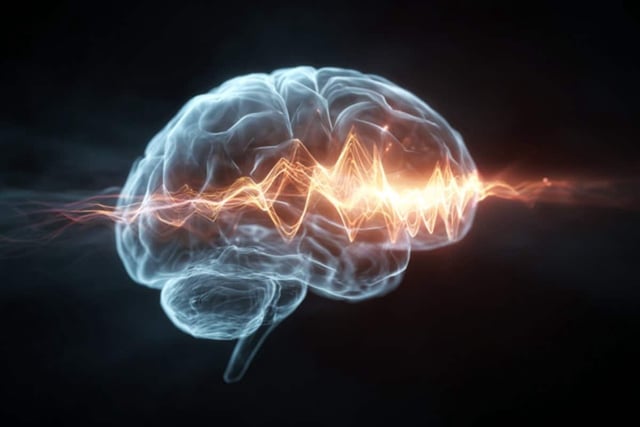Overview
- UC Davis scientists combined EEG, eye tracking, and machine-learning decoding to measure how the brain prepares to focus before stimuli appear.
- Alpha-band signals revealed that bias toward a broad feature dimension, such as color versus motion, arises at roughly 240 milliseconds after a cue.
- Selective tuning to a specific attribute, such as blue versus green or up versus down, emerged later at about 400 milliseconds.
- The study tested 25 adults in a cued task with colored moving dots and reports results in The Journal of Neuroscience with collaborators from the University of Florida.
- Authors emphasize that clinical applications are preliminary and require replication and targeted clinical studies, and note NIH and NSF funding support.

